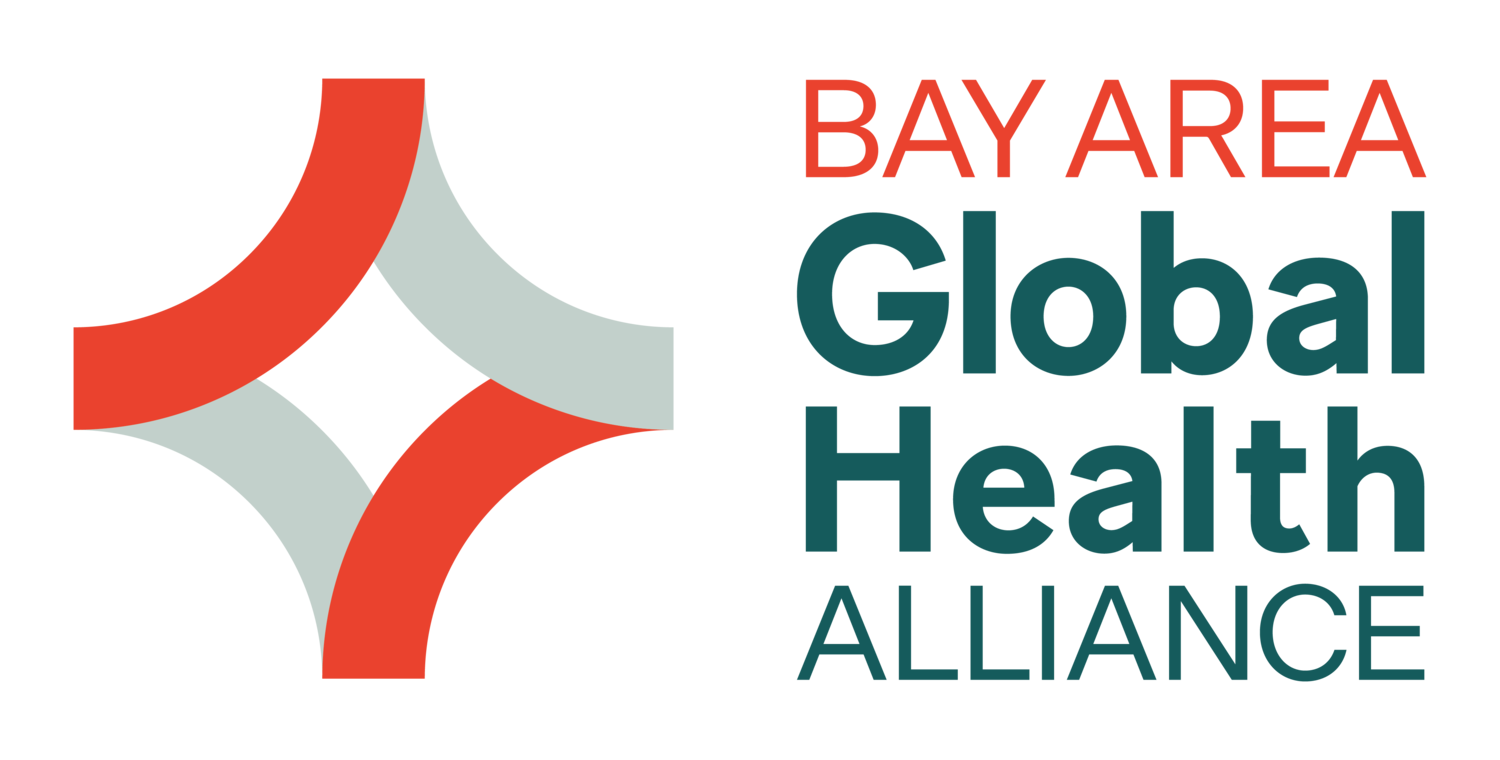View UC Davis’ Pandemic Preparedness Roadmap website page.
Among the many lessons of the COVID-19 pandemic in the United States was an understanding of the critical need for collaborative, multisector responses to emerging health concerns. The response in the United States was fragmented, siloed by sector, and reactive rather than proactive. In hindsight, the worldwide emergency has offered an urgent opportunity to build on the lessons learned to better meet emergent crises going forward — from the burgeoning measles crisis to the growing concern about the cross-species transmission of H5N1 to the near-certainty of a future Disease X.
UC Davis Grand Challenges, Healthy Davis Together, and the Bay Area Global Health Alliance brought together a diverse group of pandemic responders from across the United States in 2022 to reflect on their experiences and challenges during the height of the COVID-19 pandemic. Participants called for integrating universities and the private sector in pandemic preparedness and proactive and collaborative approaches to public health threats. “The Covid threat forced conversation and partnerships with healthcare delivery systems that normally do not work together and, indeed, are often in a competitive relationship,” said UCSF‘s Dr. Eric Goosby at the start of a two-day event. “The conversations required … that the institutions embrace the common threat and believe the response is strengthened when we use all of our resources … to mitigate impact.” The findings from the workshop laid the groundwork for a roadmap for academic and private integration into pandemic preparedness and prevention.
This blueprint for action addresses strategic priorities and provides recommendations within a health equity framework. The roadmap calls for a paradigm shift in public health planning and response – a proactive, collective effort to integrate academic prowess, private-sector efficiency, empowered communities, and public-sector authority. By leveraging the full potential of cross-sector collaboration and ensuring equitable, transparent, and collective efforts, we can build a more resilient and inclusive public health infrastructure capable of protecting all communities from future health threats.
The working group distilled the following fundamental takeaways from the Covid-19 pandemic:
-
- Insufficient infrastructure, testing and supply stockpiles, weak intersectoral relationships, and inadequate public health messaging hampered the pandemic response.
- Universities were under-leveraged, particularly in testing and surveillance, research capabilities, and community outreach.
- Marginalized communities suffered disproportionately due to systemic inequities and distrust in public health efforts.
They made the following essential recommendations to guide policymakers in creating a robust, proactive public health infrastructure that leverages university and private sector expertise and fosters cross-sector collaboration for equitable health outcomes:
Incorporate Universities in Preparedness Planning
-
- Universities possess wide-ranging expertise, state-of-the-art facilities, and community connections that are invaluable in research, surveillance, and response to health crises.
- Policymakers should ensure that universities are integral to public health planning and that they use their laboratories, equipment, research, relationships, and personnel for testing, data analysis, and frontline response.
Foster Cross-Sector Partnerships
-
- A framework for continuous collaboration between universities, private sector organizations, and public health agencies should be established to ensure a cohesive response to health emergencies.
- These partnerships should focus on shared goals, equity, and trust, breaking down silos that have traditionally impeded collective action.
Enhance Public Health Communication
-
- Universities can play a pivotal role in developing and disseminating clear, credible public health messaging, utilizing their communication networks to reach diverse populations.
- Investment in scientific literacy is crucial to ensure public understanding and adoption of health recommendations.
Expand Public Health Workforce Training
-
- Policymakers should support universities in creating and expanding public health programs to train a diverse, culturally competent workforce ready to address future health crises.
- Financial incentives, such as scholarships and loan forgiveness, should be offered to encourage careers in public health, especially for underrepresented communities.
Strengthen Public Health Surveillance
-
- A national, integrated surveillance system should be developed with inputs from universities, community-based organizations, other non-governmental organizations, and companies to provide real-time, actionable data for public health decision-making.
- Universities can assist with advanced data analytics and the ethical management of large-scale health data.
Advocate for Sustainable Public Health Investment
-
- Long-term funding strategies are needed to support public health infrastructure, workforce development, and research capabilities.
- Policymakers should advocate for resources that ensure preparedness and can be rapidly deployed in a health emergency.
Ensure a Community-Centric Approach
-
- Focus on building public trust through transparent communication and engaging marginalized groups.
- Effectively engage communities and community-based organizations, especially those who are marginalized, in health initiatives.
- Provide emergency funding for community-based organizations as front-line service providers.
Promote a One Health Lens
-
- Encourage the adoption of a One Health framework that recognizes the interconnection of human, animal, and environmental health in pandemic preparedness and response.
- Support holistic research to reduce risk from spillover.
The Alliance assisted with writing the full report, which is being broadly shared with public health policymakers, implementers, and the academic sector to promote private- and academic-sector inclusion in pandemic preparedness, prevention, and response plans. The full report includes recommendations for enhancing cross-sector partnerships, improving public health communication, expanding public health workforce training, and strengthening surveillance systems — all through the lens of a health equity framework.

